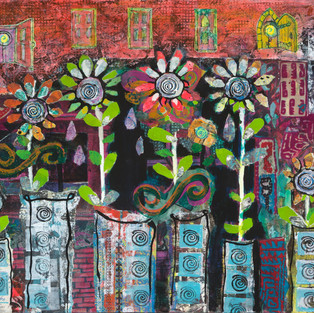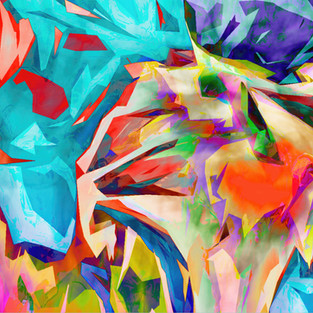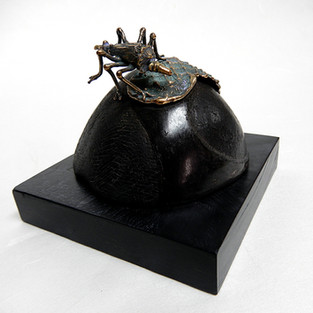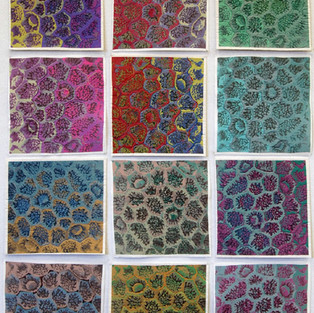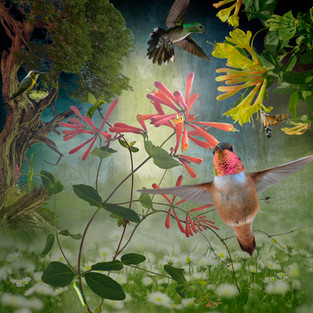The participating artists in our 11th Annual Regional Juried Online Exhibition have shared with us their artist websites and social media pages to share their body of work with our community. Visit any of the links below to learn more about the artists.
Alisa Clark, liminalspaceart.com
Anna Mielniczuk, anna-mielniczuk.com, Instagram: @annamielniczukstudio
Anna Wooden, annawoodendesign.com
Anne Harrington Hughes, Instagram @annehhughes.studio
Ben Bohnsack, sandriverart.com
Bindia Hallauer, ArtByBindia.com
Brandy Baker, LinkedIn
Christine Miller
David Baker, dbakerart.com
Deb Davis, debadavis.com
Debra Howard, artistdebrahoward.com, Instagram @artist_debra_howard, Facebook facebook.com/ArtistDebraHoward
Donald Spezia, donspezia-friznicmusic.com
Dorris Akers
Eana Agopian, eanaappleagopian.com
Elizabeth Hubler-Torrey, elizabethhublertorrey.com
Erin Houghtaling, Instagram @okay_collage
Erin McCarty, erinmaemccarty.com
Gemma Fletcher, gemmafletcher.work
George J. Miller
Helen O'Rourke
Jane Cloutier, deviantart.com/cloutierj/gallery
Jeanette Hammerstein, jeanettehammerstein.com
Jeanne Fields, jeannefieldsart.com
Jennifer Sugarman, jennifersugarmanartist.com
John Diephouse
Judy Wenig-Horswell
Kyra Richter, Instagram @kyrarichter, Etsy etsy.com/shop/TheLFPProject
Lori Brubaker, loribrubaker.wixsite.com/loribrubaker, Instagram @lori.brubaker.art
MANDEM, MANDEMart.com
Marian Anderson
Martha Liddle-Lameti, Martel-Designs.com
Misty Grumbley, Instagram @digitalvictorian
Natalie Wetzel, Instagram @natalie_wetzel
Pamela Hart
Pamela Sloan, pamelasloan.com
Patricia Nelson
Robin Haller, robinhallerart.com
Ryn Clarke, rynclarkephotography.com, Facebook, www.facebook.com/rynclarke
Instagram, www.instagram.com/rynclarkephotography
LinkedIn, www.linkedin.com/in/rynclarke
Samantha Earley, Instagram @earley.samantha & Nancy DeJoy
Stephanie Weiner, revolutionarylemonadestand.com
Sue Hale, suehalefiber.com, Facebook: glittergirl.feltworks
Teri Bult, teribultart.com, coloringempowerment.com
We would like to extend our gratitude to our juror, Stephanie Robertson, all participating artists in the exhibition, the SHCA Exhibition Committee and our sponsors.
This exhibition was funded and sponsored by Paul Hix's Office of Edward Jones and the Michigan Council for Arts and Cultural Affairs.
The South Haven Center for the Arts mission is to enrich our community through the arts. Interested in becoming a member? Join today!




